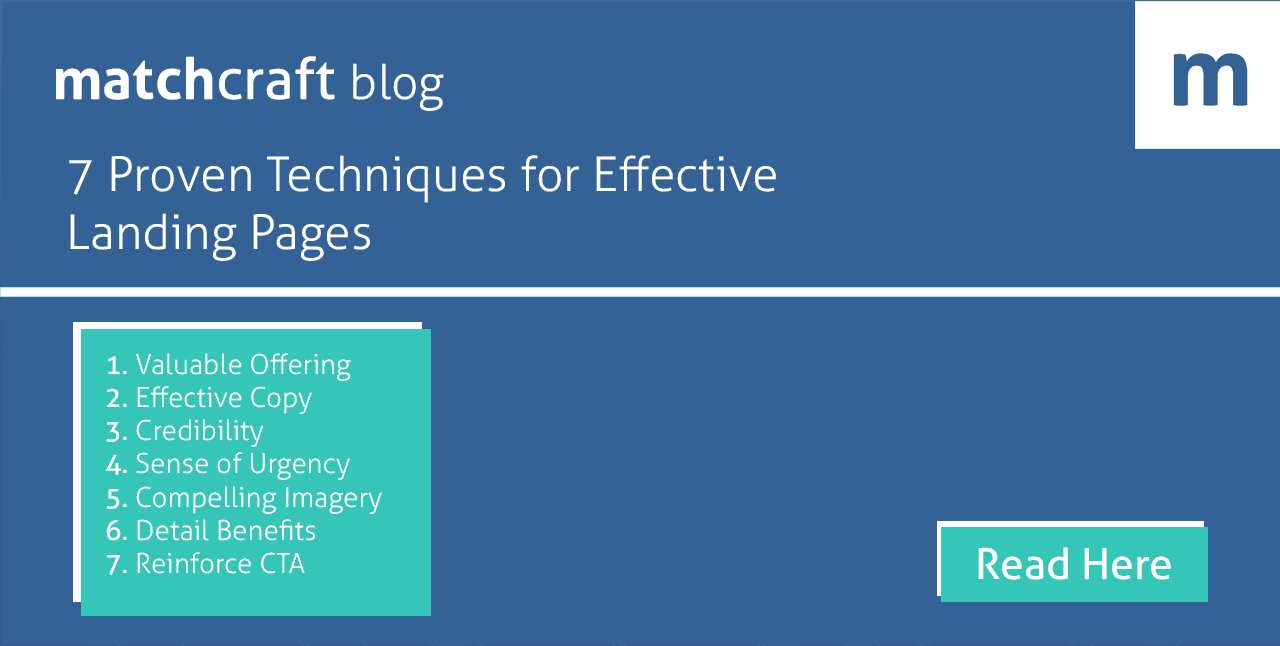The landing page, whether onsite or offsite, should be designed to direct consumers and potential clients and customers to and through your website. Typically, a landing page will contain a call-to-action, but getting consumers to follow the call-to-action isn’t always as easy as you might think.
A truly effective landing page is composed of several components. When utilized in conjunction with one another, these components make a landing page more attractive and informative, and consumers are much more likely to follow the call-to-action and convert.
1. Offer Something Valuable on your Landing Page
The first thing any potential client or customer should see when they reach your landing page is something of value. This can be anything, such as a discount on a purchase, a free gift, a promise of benefits or intriguing information related to your industry. This value offer is the hook that will be used to convert leads to sales.
2. Create Effective Marketing Copy
Today’s consumers want everything at an instant, and will rarely take the time to read long paragraphs or a page full of content. Keep marketing information interesting but concise. Use subheadings or bullet points to break up large areas of copy, and follow some best practices that will give you that extra edge. Let the consumer know exactly what they need to do in order to receive the value offer.
3. Be Credible
Support any statements you make. You may need to present yourself as an expert on a particular subject, or cite a case study detailing why what you say is true. Showcasing your knowledge and expertise compels consumers to continue reading. If you are able to validate your claims and offers with concrete examples, this will make you a thought leader within the market your company operates in and make the customer more comfortable when making a purchasing decision.
4. Create a Sense of Urgency
Urgency breeds action. Psychological triggers that create a sense of urgency compel consumers to follow your call-to-action, subsequently improving your conversion rate. The urgency can be presented as a limited time offer, limited quantities available, a one-day-only offer or as something else entirely. Scarcity marketing works well, it is click bait for your targeted audience, jsut make sure you tie in a well-rounded inbound marketing strategy to support.
5. Compelling Imagery
If promoting a particular product, you’ll definitely want to showcase it. Use the copy and the imagery to draw attention to one another and create a cohesive piece. When used properly, a good image can be just as informative as your copy.
6. Detail Benefits
Saying you have a great idea or a great product isn’t enough. The consumer wants to know how this will benefit them. Describe how it will solve a problem, or make the recipient’s life better. The more specific you are with the benefits that the customer will receive once he/she engages with your product/service, the less questions they will have and the closer you will be to creating a brand advocate.
7. Reinforce the Call-to-Action
Reminding consumers that they need to act as soon as possible reinforces the urgent nature of the offer. Additionally, reaffirm the value the consumer will receive if they do follow the call-to-action, making it ever more beneficial to do so.
The overall key is getting consumers to take action. An effective landing page succeeds by getting consumers to believe that they will lose out on something great if they don’t follow your call-to-action in a specified time frame.
Landing page relevancy and ad copy techniques are just the tip of the iceberg. If you are looking to improve and scale your SEM efforts, drop us a line and schedule a demo of MatchCraft’s award-winning Advantage platform.
